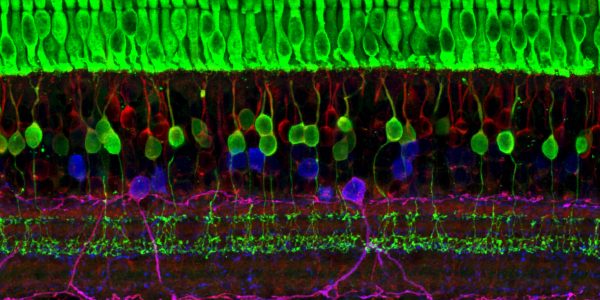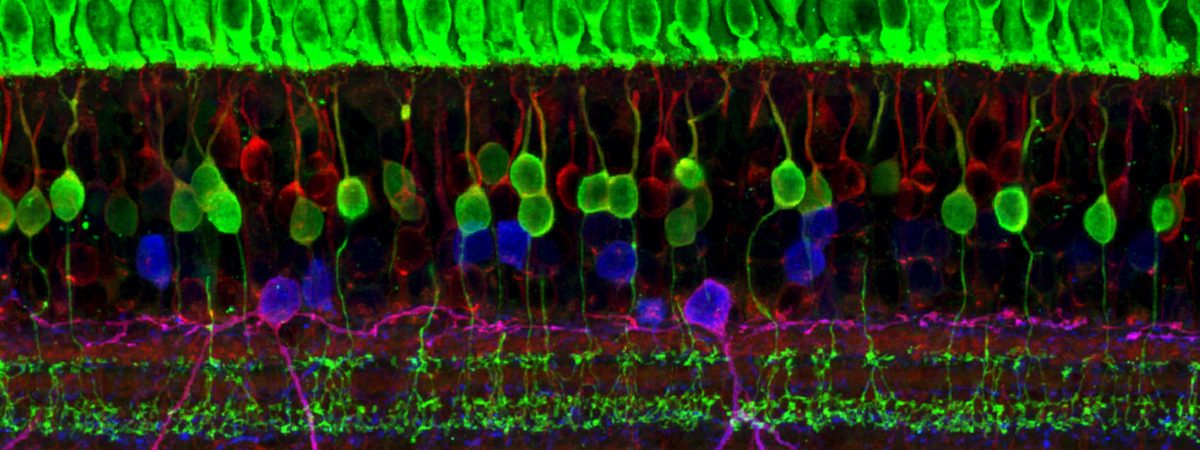There was a recent announcement by scientists at the University of Calgary, that for students with ADHD and other learning disabilities, a solution could be gamifying post-secondary survival skills.
There was a recent study, The impact of digital media on children’s intelligence while controlling for genetic differences in cognition and socioeconomic background, discussing the relationship between video games and cognitive abilities in kids.
There was another study, Enhancing reading skills through a video game mixing action mechanics and cognitive training, discussing improvement of reading skills through video games.
There was a study, Bi-directional audiovisual influences on temporal modulation discrimination, on multisensory benefit of video games.
There are lots of articles on the benefits of game-based learning, gamification, or gamified models. The premise is that since people enjoy playing video games, subsuming it with learning helps.
There are often links to brain labels like neuroplasticity, working memory, predictive coding [PDF] and so on, as some use neuroimaging studies to show improvements or contrasts.
However, video games as an experience is subjective, regardless of it’s so-called brain pros-and-cons. Schooling, learning or work is subjective, even when it seems difficult, or no reward, pleasure or benefit. It is possible to make direct comparisons between what makes gaming fun and what makes school tough, but that would not explain how the brain works.
What really makes video games popular, even though there are parallels with learning, since they follow a pattern, loss or failure is difficult, there is reward for doing well and so on?
What assumptions do benefit or addiction to video games come with or what social influences are responsible for its success? Exams are hard but many still get an education as part of what is generally accepted, available and possible, so what is the story of the brain, for gaming and learning that should rather explain what the reality is?
The brain is not an organ that is defined by experiences. Experiences meet constants in the brain, such that it is how those constants are driven per experience per moment that determines relations with it.
There could be a large group of people who have similar drives of constants in the brain for experiences, but that does not explain how the brain works, because those things are subjective.
If gaming seems rewarding, with little oversight penalty, how does reward work in the brain? Reward aligns with what is known. What is known is memory, constructed by chemical and electrical impulses in the brain. Memory is also what picks up experiences and makes them available to relate with the world.
There are things the memory picks fast for some people, there are those—for others it doesn’t. There are sequences of ease in the memory for some, making them experience difficultly without reward. There are stores or packages in memory, relaying across, determining what becomes of what is experienced—internally or externally.
Finding the exact rules of memory, at least conceptually, or the functional basis across its locations could define the future, or how to target outcomes, rather than combining methods for the assumption of what might work.
Conceptual Neuroscience of Memory
The memory has small and large packs—or stores. It is a type of small store—transient, that load stuff into large stores. It is large stores that contain how things are wanted, liked, understood, recalled, and so on. The large store could move to a principal spot to have the most influence. There are small stores—resident, with the smallest possible unique information on anything, in the smallest possible unit. They also transport, sometimes matching with transient, before or after visits to large stores.
There are sequences in memory, which are as important as stores. Sequence is the experience when after watching a video, or listening to an audio, or visiting somewhere again, not to remember the details, but find the pattern familiar. Old sequences are welcomed in some cases, where people like their things in a way, or follow a procedure, but not welcomed when things seem boring, uneventful or cliché. New sequences are welcomed for adventure, new experiences, differences from expectations that become pleasing and so on.
Video games and their advantage could align closely with sequences, such that [the representation in the memory or stores of] the experiences goes in different ways to large stores, enough to want to keep that feeling.
This is different from studying for exams, which may not find a new sequence, interestingly or find a similarity large store, or create a new one—within a satisfactory timeframe.
For some with certain aptitudes, it works, for others, it is tough.
Small stores in memory also have a go-before or early split, such that they follow a prior sequence similar to the experience, to know what to expect. This go-before is also useful to hold things in mind in a conversation or typing, so that when the rest of the store comes, it just follows the path. The go-before works imaginations too, making it possible to imagine getting up before doing so.
In general, what follows the go-before may sometimes match with it or not, such that depending on what the experience is, may feel good or bad. This exceeds what is termed prediction error, in predictive coding and processing.
Video games inputs, as transient small stores, also have large stores they bounce around to, making them change experiences from time to time. For example could bounce to the large store of fear, then when it doesn’t go wrong, back to calm and then to delight. It is the same sequence movies, vr, and so on, follow that takes mood places, for something artificial, but enough to have gone around like a cycle was completed, to feel refreshed.
Video games might work for some, but they are not easier than learning. The assumption finds similarity with things responsible for mental health or ill-health, when it is the constants of the brain that decide, not subjective experiences.
There are students in colleges with affect to mental health by certain factors, but not for everyone all the time.
The brain, specifically the memory, is the focus for factor of answers and care, not situations.
The memory stores things in the form of thought. Thoughts are the identity all senses become to the brain, to become useful. Thoughts emerge as the uniform unit or quantity of sensory integration or processing, in the thalamus and olfactory bulb.




